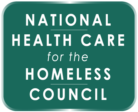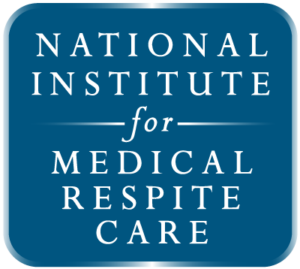Fact Sheet: Health Centers and Syringe Services Programs
Syringe services programs (SSPs), sometimes known as “needle exchange,” are a long- standing, evidence-based practice that is a core component of harm reduction services. Syringe access in the United States began in 1988 in an effort to stop the spread of HIV among people who injected drugs. In October 2021, the U.S. Department of Health […]
Fact Sheet: Health Centers and Syringe Services Programs Read More >>


